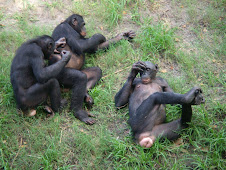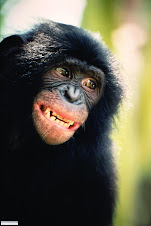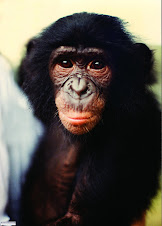

 Last week, the Jacksonville Zoo and Gardens moved two Komodo dragons -- one from a holding area, and another from the hospital quarantine, to their new exhibit for a member preview. The grand opening of the Asian Bamboo Gardens and Komodo Dragon Exhibit will be Friday, the 6th of March.
Last week, the Jacksonville Zoo and Gardens moved two Komodo dragons -- one from a holding area, and another from the hospital quarantine, to their new exhibit for a member preview. The grand opening of the Asian Bamboo Gardens and Komodo Dragon Exhibit will be Friday, the 6th of March.The Zoo has two Komodo males, both on loan from other accredited institutions. One is nearly seven feet long, and weighs around 80 pounds. The larger animal is nine feet long and weighs nearly 120 pounds. The photographs show the larger male being shifted into the transport crate. The custom-built box is designed with multiple openings for veterinary access. For example, the base of the tail can be manipulated for blood draws, and there is room below to insert X-ray cassettes.
I was there when the Komodo was lured into the crate (you can see his head to the lower right). Instead of forcing him to enter, a red laser light was jiggled to shine on the bottom of the crate. The dragon associates the red dot light with food (rats, mice, silversides fish as a special treat), so, with a flickering of his forked tongue, the animal was neatly enticed into the box. Wooden yokes were inserted before and behind his legs to position him so he couldn't move for blood sampling.
In the middle photograph, the dragon has just been released into the outdoor exhibit, planted to resemble the sparse, scrub look of the Komodo islands. He assumes the usual alert, head-up pose of a dragon that is surveying the landscape for moving objects. In the wild, Komodo dragons are effective hunters that have been known to go after deer, wild boars, domestic stock including horses, and even humans.
A bite from a Komodo dragon, even if not immediately fatal, often leads to death from infection, a strategy that fits right in with the carrion-eating habits of the giant lizards. Dragons mouths are teaming with bacteria that are inoculated into the bite wounds. The dragon has a keen sense of smell (guided by the forked tongue that carries chemical particles to the Jacobson's organ, located at the base of the brain, which "tastes" the air.) The dragon simply follows the trail to the dead or dying prey.
Not all is rosy for Komodos -- they are endangered, with only a few thousand remaining in nature. Baby Komodos, hatched from eggs, are eaten by the adults, so they have adapted to climb trees, where the older, heavy-bodied animals cannot follow.
The final photograph shows the Komodo dragon coming inside for the first time. He is extremely intelligent and responded to the keeper, who opened the shift door and called his name. Testing the air, the dragon gingerly entered the heated stall. He investigated the pen, checking out the pool and eyeing the staff who crowded around to admire him. The dragon quickly found and flattened out his body to catch the warmth of an overhead spot heater. Like their mythical namesakes, dragons like it hot -- one hundred degrees is a nice basking temperature.
Photos by D. Messinger













1 comment:
Brava! 'Dragons' - real coup.
Post a Comment